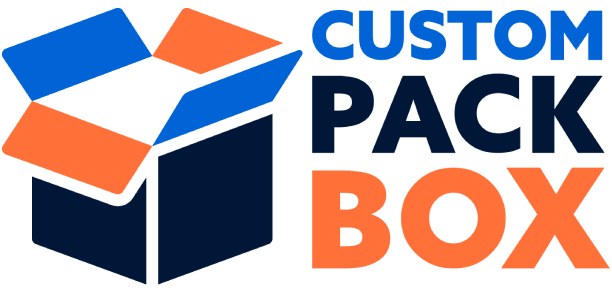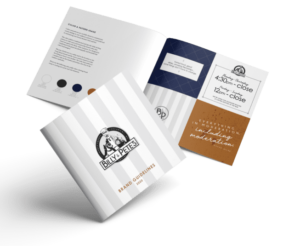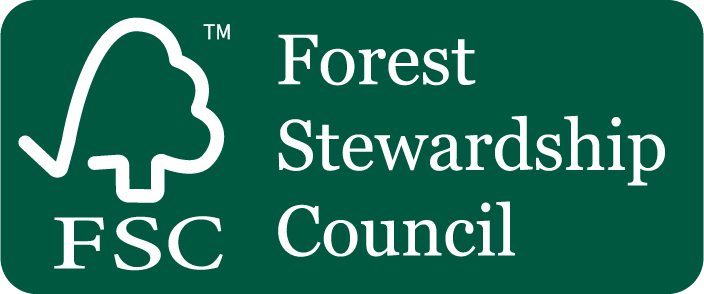In the packaging world, the Corrugated Boxes stand as a testament to a perfect blend of durability, versatility, and sustainability. They’ve carried everything from fragile antiques to hefty electronics, all while protecting and presenting them in an eco-friendly manner. This master guide will explore the depths of the corrugated box, from its construction and types to its varied applications and benefits.
Understanding the Basics: What are Corrugated Boxes?
Corrugated boxes are not just ordinary cardboard. They are crafted from corrugated paperboard, which includes a fluted (or wavy) layer sandwiched between two liner sheets. It’s this unique structure that imparts strength and flexibility to the boxes.
Corrugated materials, while commonly mistaken for traditional cardboard, stand in a league of their own. Originating from corrugated paperboard, these structured materials consist of a distinct, wavy layer known as fluting, sandwiched between two flat liner sheets. This unique design imparts unparalleled resilience, strength, and flexibility.
Corrugated vs. Cardboard – What’s the Difference?
The terms “corrugated” and “cardboard” are often misused interchangeably, but they represent different entities in the packaging world. Cardboard typically denotes a thick paper pulp or heavy-duty paper stock. This material is great for lightweight items like cereal boxes, shoe boxes, or board games. Corrugated, with its signature fluted center layer, offers a more robust structure, designed primarily for shipping, packaging, and providing added protection to its contents.
Corrugated Construction – Paper Liners and Flute Grades
At the core of the corrugated box’s superior strength is its meticulous construction. It’s not just about the fluted center, but the combination of this with the liner sheets. The grade of the fluting and its alignment with the liners play a pivotal role in determining the box’s overall strength, flexibility, and protective capability.
Corrugated Flute Grades
The flute grades, distinguished by the size and spacing of the waves or flutes, serve unique purposes:
- A-Flute: Characterized by its thicker profile, it’s ideal for products requiring optimal stacking strength.
- B-Flute: More refined and slender, it’s a favorite for die-cut designs, providing a smooth surface for high-quality printing.
- C-Flute: Striking a balance, it’s commonly found in shipping boxes due to its equilibrium between cushioning and stacking strength.
- E-Flute: Particularly thin, it’s tailor-made for lightweight items and retail packaging, offering a slick and refined appearance.
- F-Flute: Even thinner than its E counterpart, it’s perfect for intricate die-cut designs, often seen in specialty packaging and boxes for high-end goods.
Corrugated Cardboard Thickness and Style
The synergy between the flute grades and the liner sheets defines the corrugated cardboard’s thickness and style. The classifications are:
- Single-wall: Houses a singular fluted layer, balancing protection and weight.
- Double-wall: Features two fluted layers, offering enhanced strength for heavier items.
- Triple-wall: A heavyweight contender, boasting three fluted layers, suitable for exceptionally heavy or fragile items requiring utmost protection.
Box Styles
The versatility of corrugated materials is further exemplified in the plethora of box styles available. From regular slotted containers (RSC) perfect for shipping to intricate die-cut designs meant for retail display, corrugated boxes can be tailored to meet diverse requirements.
Quality Control Tests
To ensure corrugated boxes uphold specific standards and can endure varying stress levels, they undergo rigorous quality control tests. These tests gauge parameters such as bursting strength, puncture resistance, and edge crush resistance, providing insights into the box’s potential performance under real-world conditions.
Box Maker’s Certificate
An often overlooked but vital component is the Box Maker’s Certificate (BMC). This seal or stamp, typically located on a box’s bottom flap, furnishes details about the box’s construction, material specifications, and load capacity. It essentially serves as a testament to the box’s quality and adherence to manufacturing standards.
Benefits of Corrugated Packaging
The perks of corrugated packaging extend beyond mere strength. Their lightweight nature ensures economical shipping. Their design versatility allows brands to craft bespoke packaging experiences. Importantly, being predominantly crafted from recycled material, they champion sustainability, underscoring an eco-friendly packaging choice.
But Are Custom Corrugated Boxes Right for You?
In the vast world of packaging, corrugated boxes stand out as a stalwart of strength, versatility, and environmental responsibility. But with the growing trend towards personalization and brand differentiation, many businesses and individuals are considering custom corrugated boxes. The question is: are they the right choice for you? Let’s delve into the factors to consider.
- Brand Image and Presentation
If your brand places a premium on image, presentation, and unboxing experiences, custom corrugated boxes are hard to beat. The ability to tailor the design, print quality graphics, and incorporate brand colors and logos can make your packaging stand out in a crowded marketplace. It’s not just about protection; it’s about making an impression.
- Product Protection
One of the primary purposes of any packaging is to protect its contents. Corrugated boxes, thanks to their fluted structure, offer excellent protection against impacts, drops, and external pressures. Customizing allows for exact size specifications, ensuring that products fit snugly without too much movement inside, reducing the risk of damage during transit.
- Sustainability and Environmental Responsibility
If eco-friendliness ranks high on your list of priorities, corrugated boxes align perfectly with those values. Made primarily from recycled materials, they are also recyclable. Custom options can further enhance this by allowing for minimalistic designs that use less material or incorporate sustainable inks and dyes.
- Cost Implications
While custom corrugated boxes offer numerous benefits, they might come at a higher cost compared to off-the-shelf solutions, especially for small-batch orders. It’s essential to weigh the return on investment. Will the enhanced branding, protection, and sustainability translate to higher customer appreciation, loyalty, or even premium pricing?
- Versatility and Adaptability
Corrugated boxes can be adapted to various industries and purposes, from e-commerce and food delivery to electronics and cosmetics. Custom solutions can address specific needs, such as inserts for product stability, windows for product display, or special coatings for moisture resistance.
Get Started – Choose a Corrugated Box!
Given their fusion of strength, adaptability, and ecological mindfulness, corrugated boxes have cemented their place in packaging solutions across industries. Their multifaceted benefits make them an attractive proposition, whether for personal use, SMEs, or large corporations. If quality packaging is your quest, it’s time to embrace the corrugated revolution by getting in touch with a custom pack box.
















